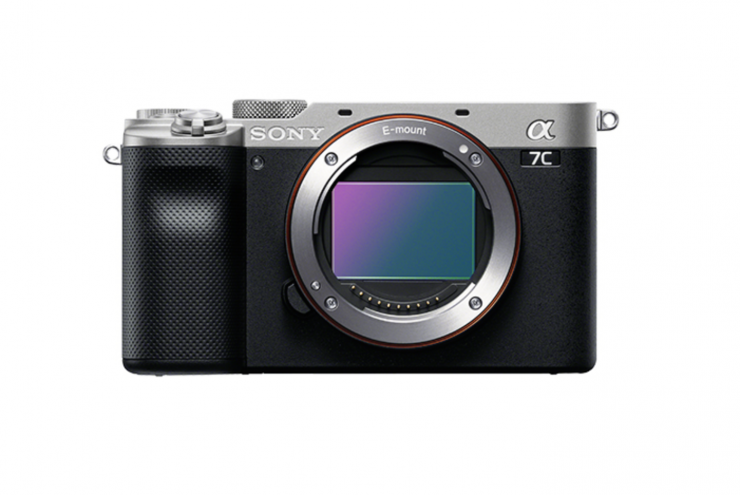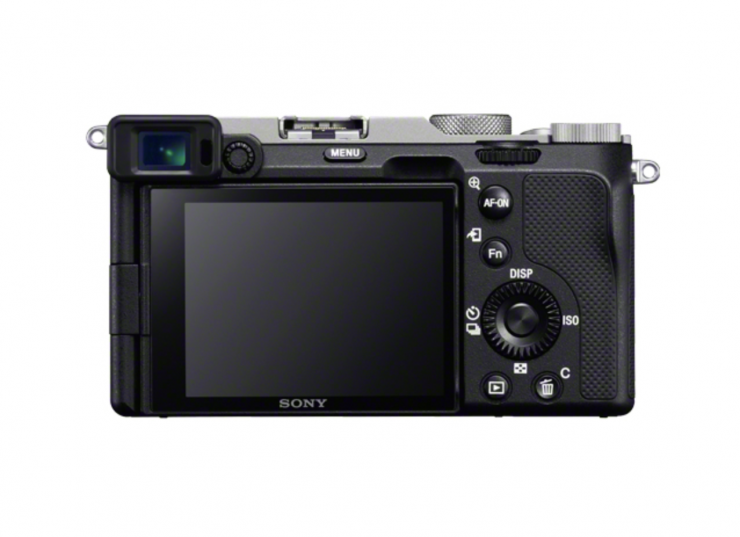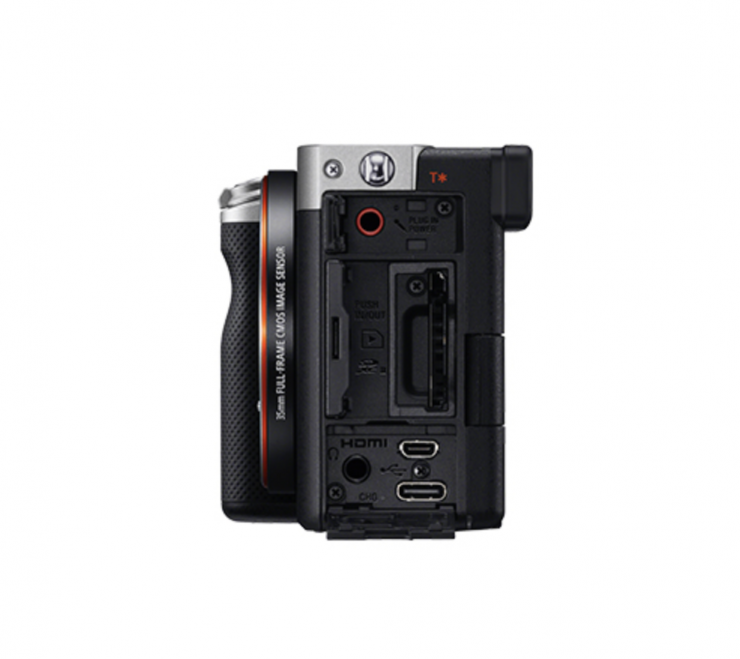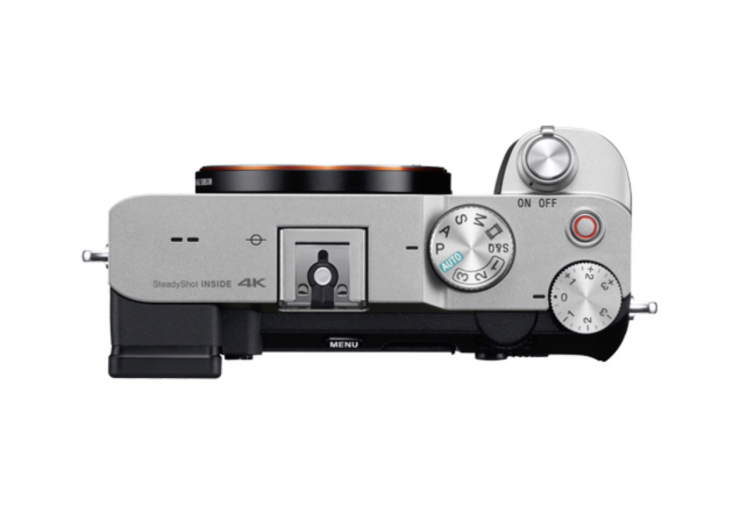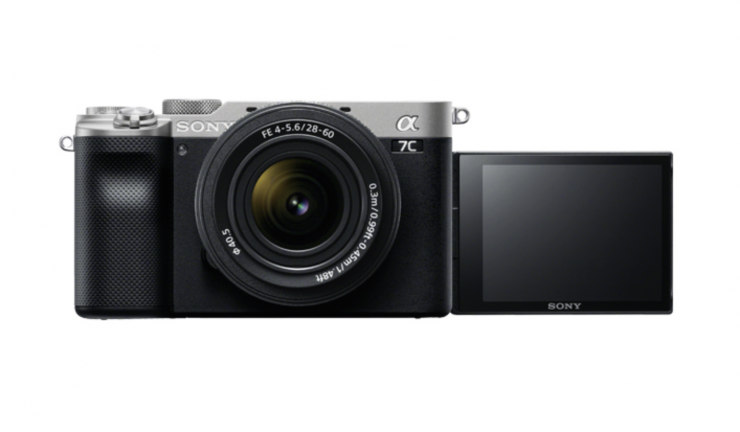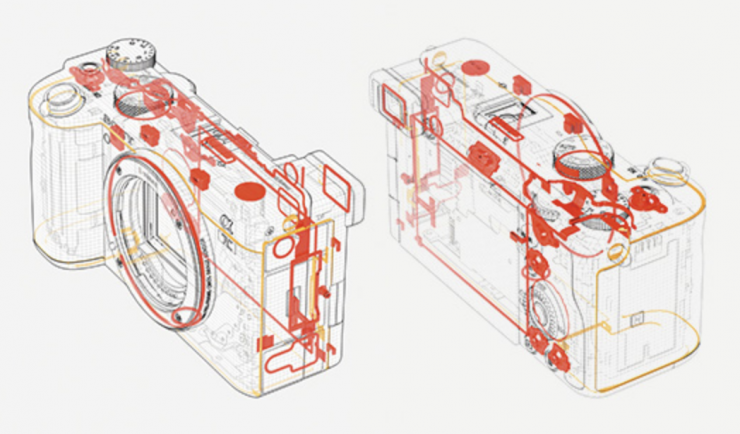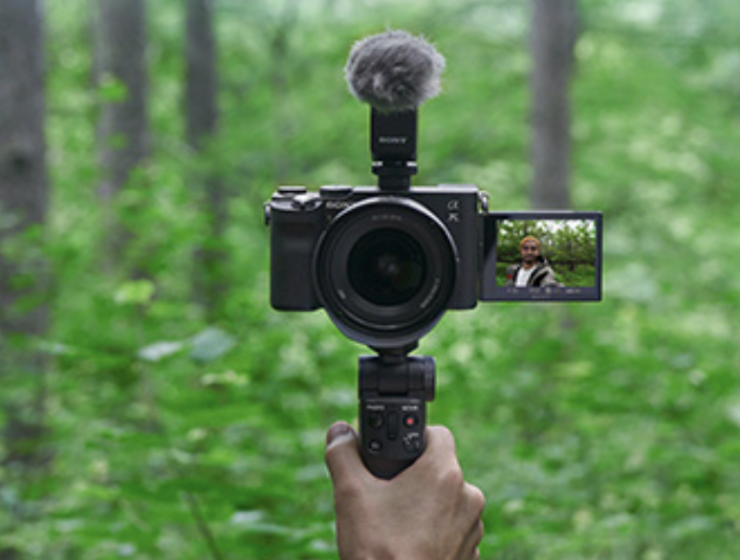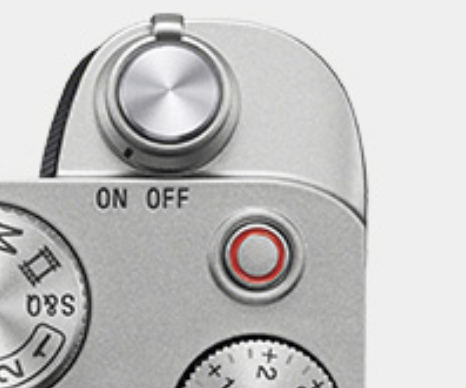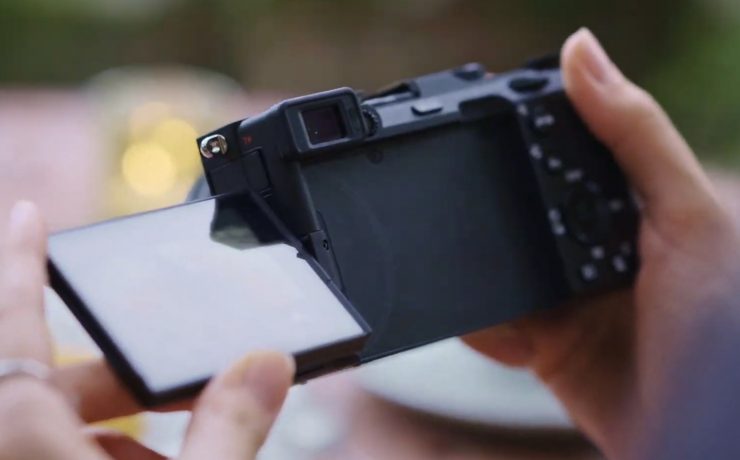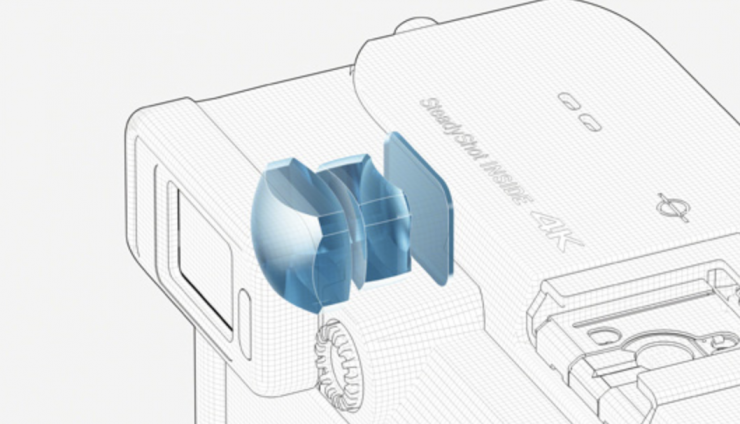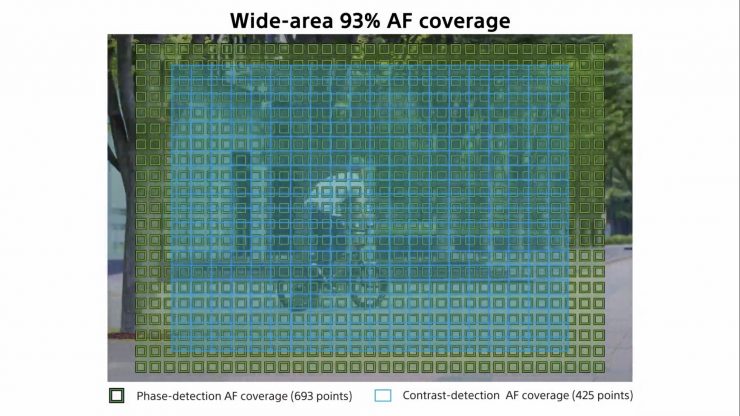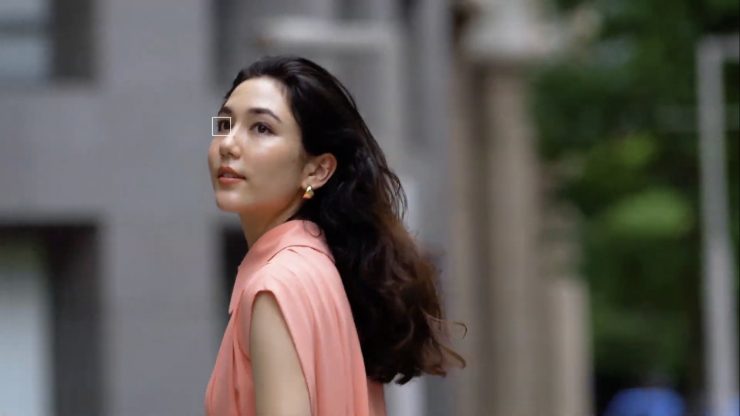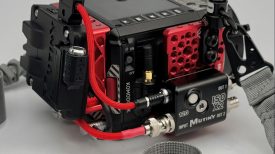Sony has officially announced the a7C, a compact, entry-level full-frame mirrorless camera.
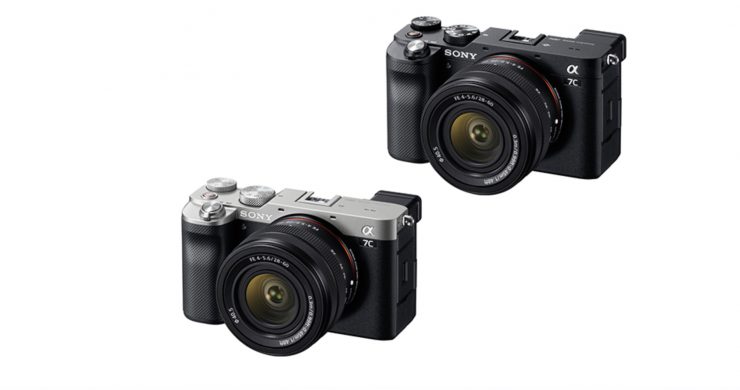
This camera is clearly being targeted at beginners, Vloggers, and anyone needs a compact and lightweight full-frame mirrorless camera. This is not a camera that is being targeted at professional users. If you are looking for a full-frame mirrorless camera that can record 4:2:2 10-bit internally and that can do UHD at up to 60p this isn’t the camera for you.
Above you can watch the product announcement from Sony.
Key features
- 24.2MP Full-Frame Exmor R BSI Sensor
- BIONZ X Image Processor
- UHD 4K30p Video with HLG & S-Log3 Gammas
- 693-Point Hybrid AF System
Small Size & Weight
Sony is claiming that the a7C is the world’s smallest and lightest full-frame mirrorless camera. It weighs in at 509g (1.12 lb). To put that in perspective, the APS-C a6600 weighs 503g (1.10 lb).
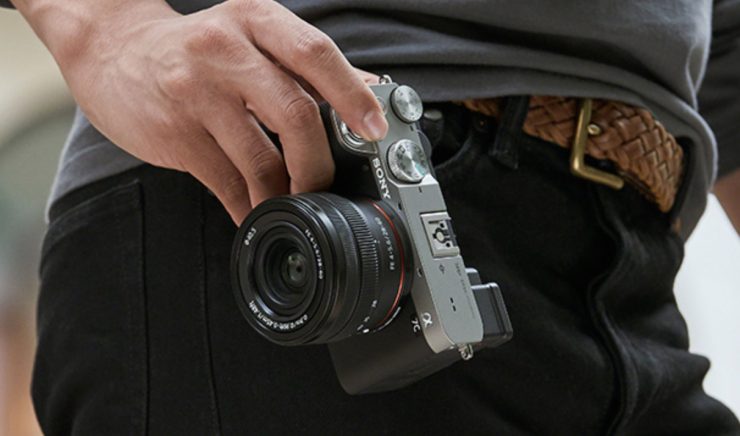
The camera can also be combined with the new FE 28-60mm F4-5.6 kit lens that weighs just 167g (5.89 oz). That allows you to have a set up that weighs under 700g.
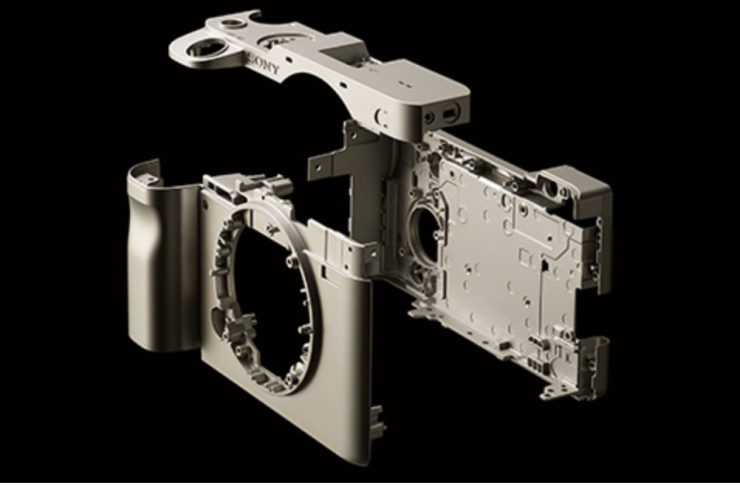
Sony claims the camera is using the same monocoque structure used in cars and aircraft. The camera has a full magnesium alloy body. In addition to the top cover, front cover, and inner frame, the rear cover is also made of lightweight and highly rigid magnesium alloy.
The main operation buttons and dials are sealed, and the seams of each cabinet part are made uneven to create a double structure. The entire body is claimed to be effectively sealed, with a dust-proof and drip-proof design
Sensor
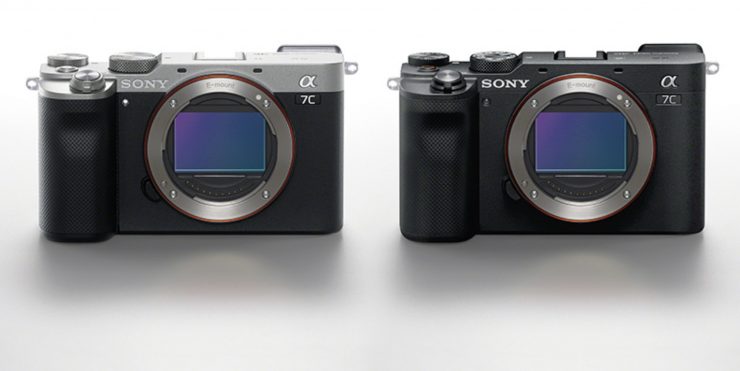
The a7C uses a 35mm 24.2MP full-frame back-illuminated Exmor R CMOS sensor along with a BIONZ X image processing engine. Sony claims that the camera has 15 stops of dynamic range.
Video Features
The a7C can record UHD video at up to 30p, or FHD at up to 120p video in XAVC-S 4:2:0 8-bit. Yep, there is no 4:2:2 10-bit, which in 2020 seems to be a major oversight regardless of the price or market segmentation.
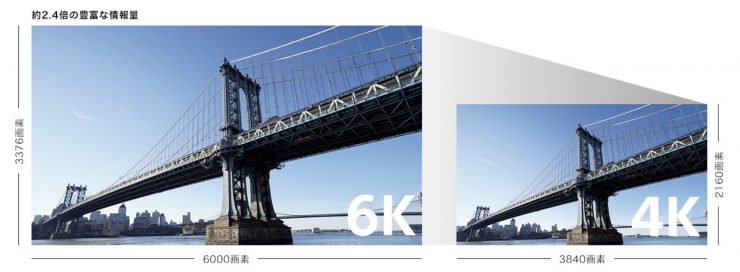
The camera uses a full pixel readout from 6K to produce a non line skipped oversampled UHD image. You can choose to shoot in either full-frame or a APS-C mode.
There are NO RECORDING TIME LIMITATIONS. which is nice to see. The camera is also PAL/NTSC switchable.
HD at 120p is done at 100Mbps. There is also an S&Q mode. The camera records to a single SDHC memory card (UHS-I / II compatible) or SDXC memory card (UHS-I / II compatible). Here are the internal bitrates:
H.264/XAVC S 4:2:0 8-Bit
UHD 4K (3840 x 2160) at 23.976p/25p/29.97p [60 to 100 Mb/s]
Full HD (1920 x 1080) at 23.976p/25p/29.97p/50p/59.94p/100p/119.88p [16 to 100 Mb/s]
The a7C also features focus peaking where you can change the color from red, yellow, or white. There is also focus magnification available from 1x, 2x, 3x, and 4x. There is also a Gamma Display Assist that you can use when monitoring S-Log or HLG. The camera does have timecode.
If you want to see more video examples of the camera you can above, although they are in Japanese. You can usually tell who the target audience is based on the type of videos that are presented by Sony.
What does it output over HDMI?
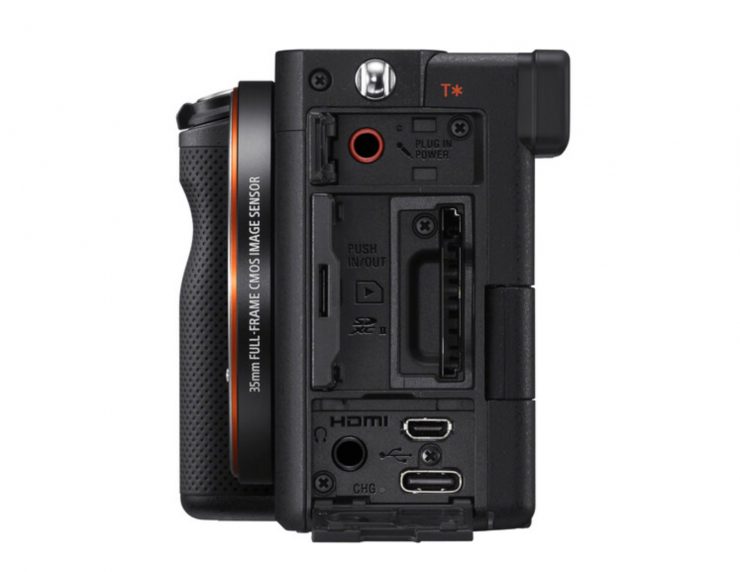
The a7C has a HDMI Micro Terminal (Type D) and it is capable of outputting 3840 x 2160 (30p / 25p/ 23.98p, 1920 x 1080 (60p / 50p/ 23.98p), or 1920 x 1080 (60i, 50i) in YCbCr 4:2:2 8-bit / RGB 8-bit. There is no 10-bit output.
Does it overheat?
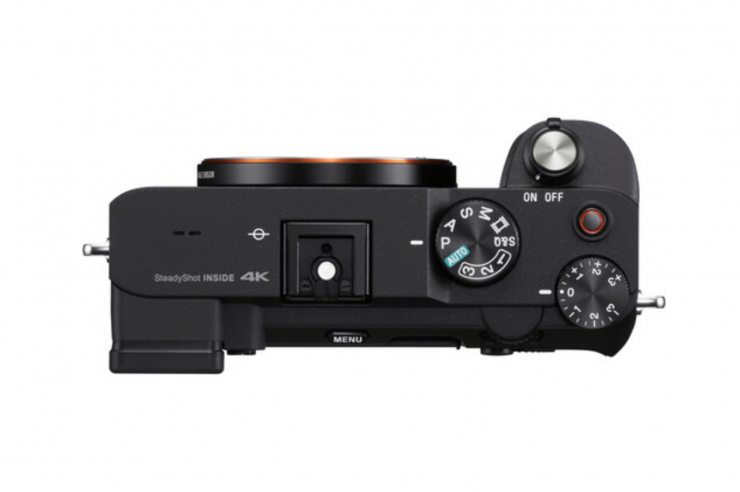
Who knows, but Sony states that there is an “Automatic power off temperature” setting that you can activate.
You can set the temperature at which the camera automatically turns off when shooting. By setting the automatic power-off temperature to “high”, Sony claims that you can shoot videos for a longer time.
- When shooting handheld set [Automatic power off temperature] to [Standard].
- When using a tripod, etc. set [Automatic power off temperature] to [High].
Apparently, even if [Automatic power off temperature] is set to [High], the recordable time may not change depending on the environment and camera temperature.
Design
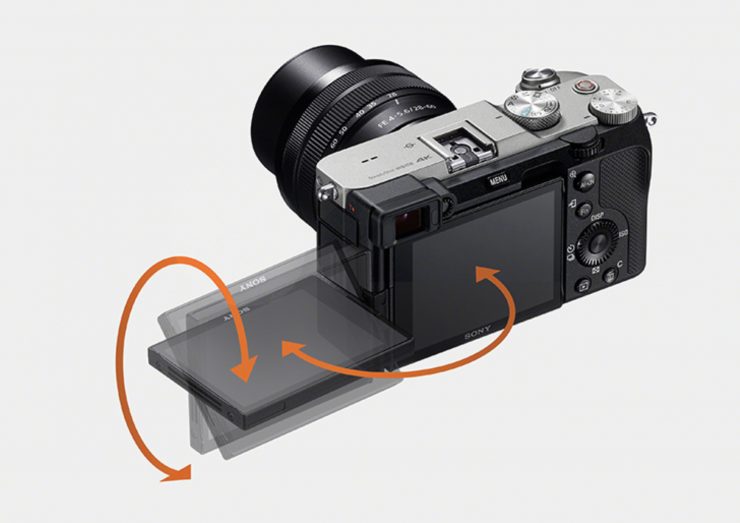
The camera has a slightly retro design but Sony look to have kept everything functional and made the camera easy to use and operate. This is important given the target audience of this camera.
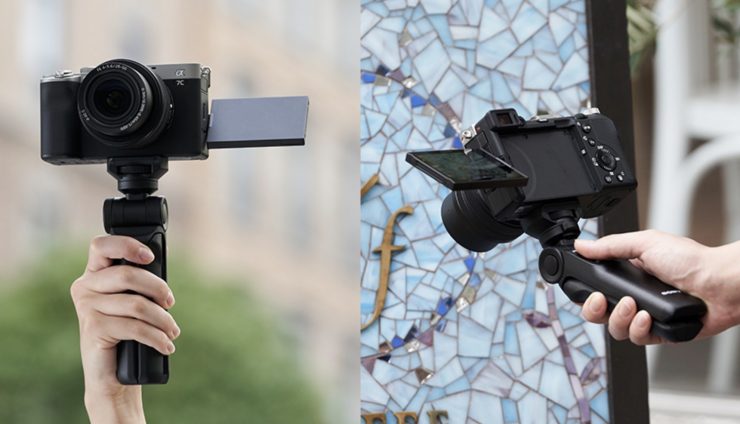
The camera has the usual vari-angle type, side-opening rear monitor. This vari-angle mechanism can move 176 degrees in the horizontal direction, 180 degrees in the upward direction, and 90 degrees in the downward direction.
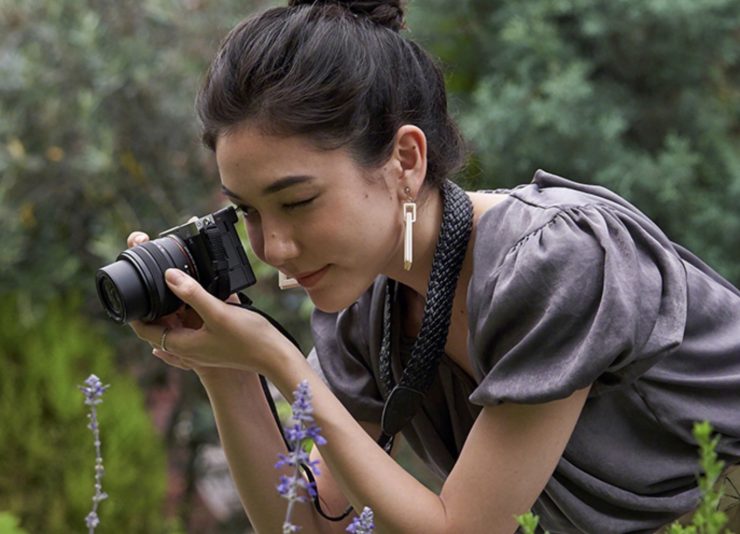
What is nice is that Sony has actually incorporated a small built-in EVF. The XGA OLED Tru-Finder (2.35 million dots) uses organic EL. You can select the finder frame rate from “Standard (60fps)” and “High speed (120fps)”.
Auto Focus
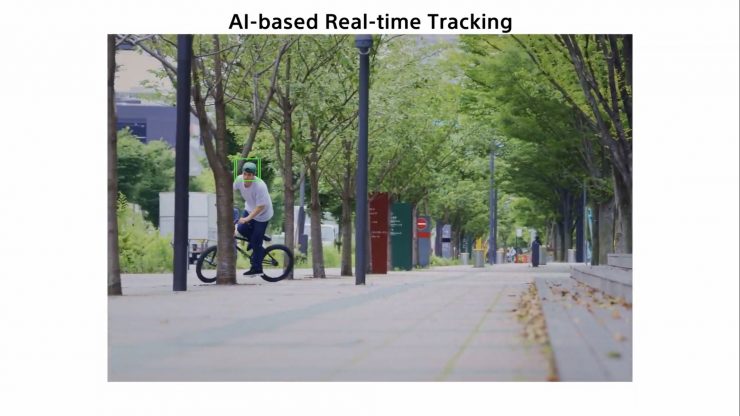
The camera has all the usual Sony autofocus functionality that you would expect, including face and eye detect, however, animal eye detect does not work when shooting video.
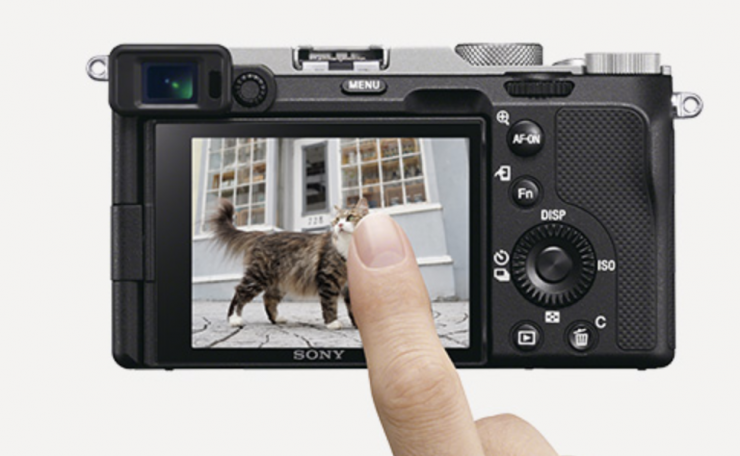
You can focus by touching the screen and the camera supports touch tracking where you can select an object and the camera will track that object.
5-axis In-Body Stabilization
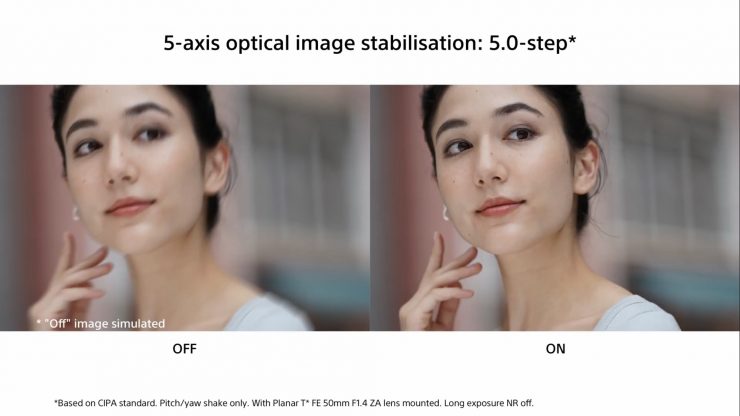
The camera is equipped with 5-axis In-Body Stabilization that is claimed to provide up to 5 stops of shake correction. In-body camera shake correction can be used not with native E-mount lenses but also with any other lens that you use through an adaptor.
Audio
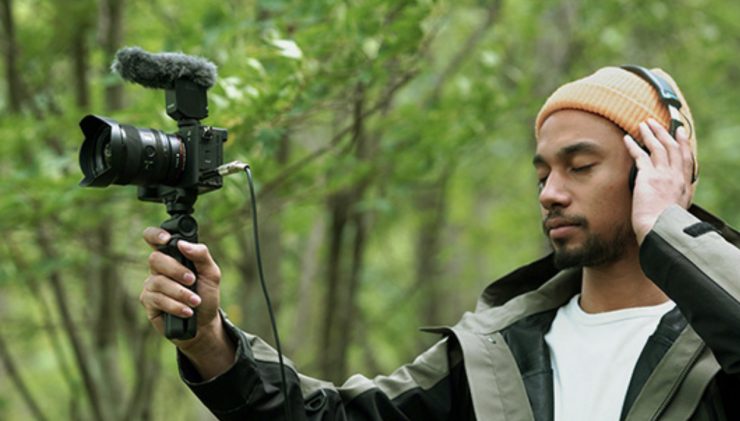
The camera has a built-in 3.5mm microphone jack and a headphone jack. The camera also supports the Sony XLR-K3M audio adapter through the built-in MI shoe.
There is also a built-in stereo microphone.
Improved Menus?
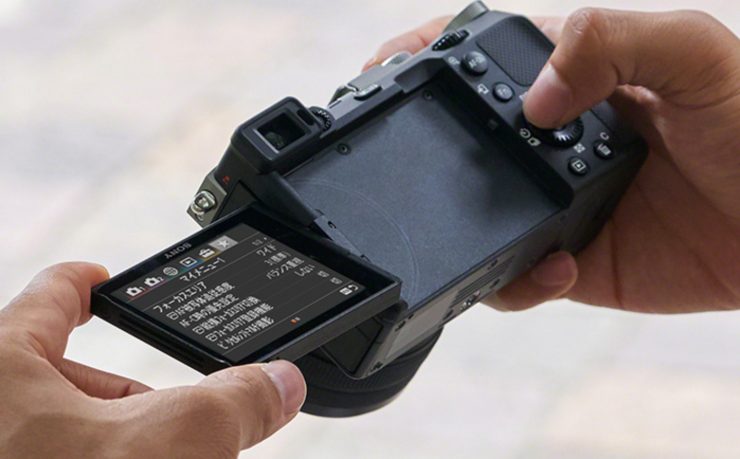
Sony has never been known for having good menus, and I don’t think you will see any drastic changes with this camera. However, Sony has added a few new features.
There is a My Dial setting that allows you to register frequently used functions. This allows you to assign frequently used functions to the rear dial and control wheel, and register up to three combinations as My Dial. The registered My Dial can be quickly called up or switched by pressing a preset custom key.
Sony also claims that they have improved the customizability of Fn (function) buttons. The Fn (function) buttons can be registered separately for still images and movies.
Battery
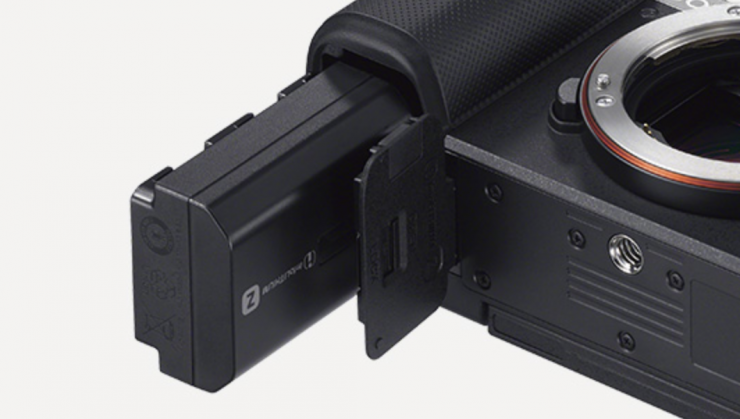
The a7C uses an NP-FZ100 battery that Sony claims allows the camera to continuously record video for up to 220 minutes. The camera also features support for the multi-battery adapter kit (NPA-MQZ1K) that can store up to 4 batteries to long-time shooting.
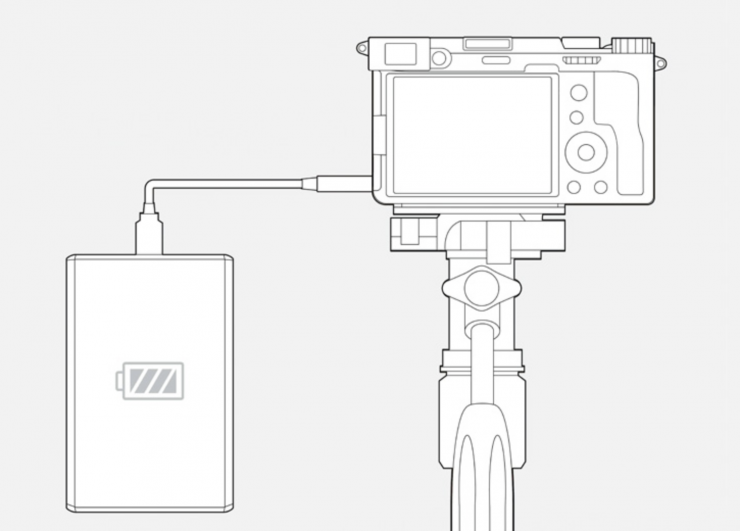
You can also attach a USB power bank through the USB Type-C port on the camera that will let you power the camera even when recording.
New Shutter Unit
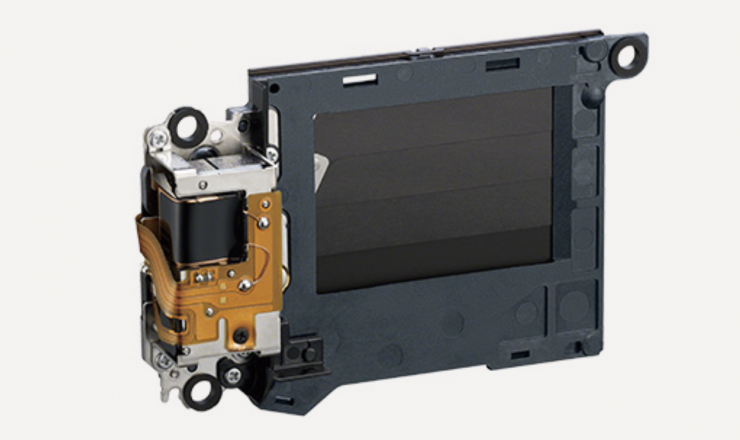
The a7C features a newly developed shutter unit that uses a small electromagnetically driven shutter. In addition, there are carbon fiber shutter curtains that are claimed to not only help reduce weight but also make the shutter mechanism more robust.
Price & Availability
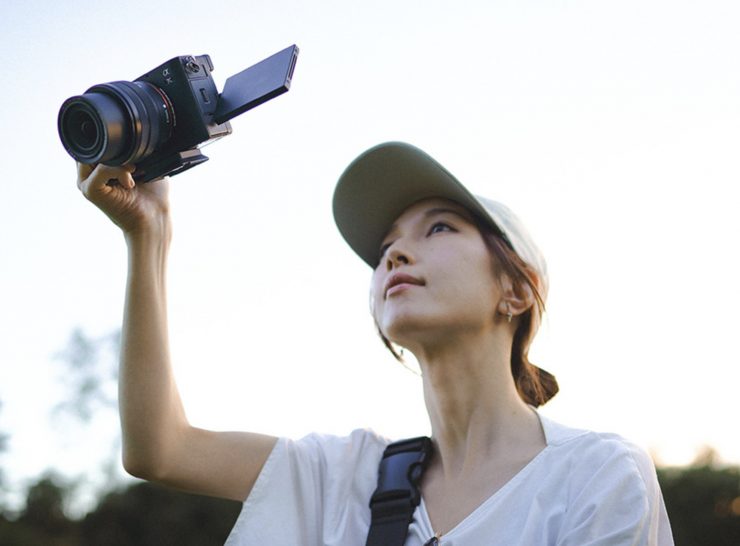
The Sony a7C won’t be available till October 23rd. You can pre-order it from 10:00am on September 18, 2020 (Japan time). The recommended retail price will be $1,798 USD body-only.
Thoughts
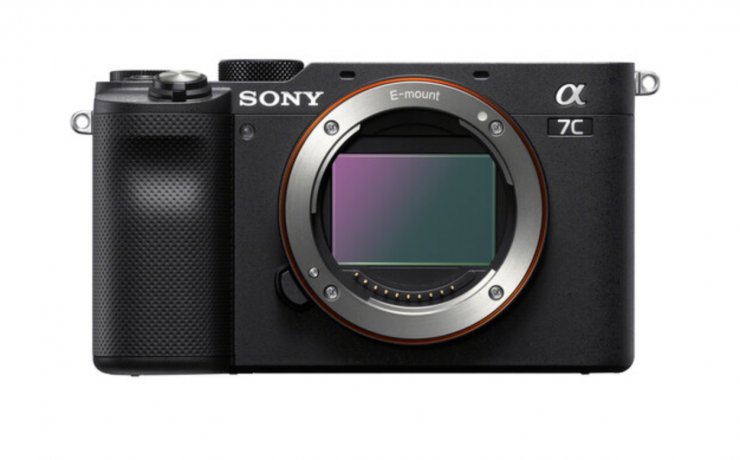
For $1,798 USD the a7C appears to be a little overpriced given its capabilities. If you look at the recently announced Panasonic S5 there is a lot more to like for an extra $200 USD if you are looking for an entry-level full-frame mirrorless hybrid for video shooting.
The camera will have good autofocus, good battery performance, and that would also make it very suitable for use as a live stream camera.
I want to reiterate that the a7C is being targeted at entry-level users and not professional users. There is little point complaining about a camera that isn’t being targeted at you.
Like what we do and want to support Newsshooter? Consider becoming a Patreon supporter and help us to continue being the best source of news and reviews for professional tools for the independent filmmaker.

